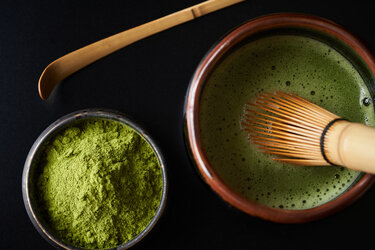What Is Matcha?

Matcha is a type of traditional Japanese green tea.
It is a powdered tea processed by steaming, drying, and finely grounding with a stone mortar.
The tea is known for its rich flavor and distinctive bitterness.
It is used in Sado, the art of performing traditional Japanese tea ceremonies.
*Sado is a traditional culture of Japan and a spiritual ritual in which tea is prepared and served to guests to deepen spiritual exchange.
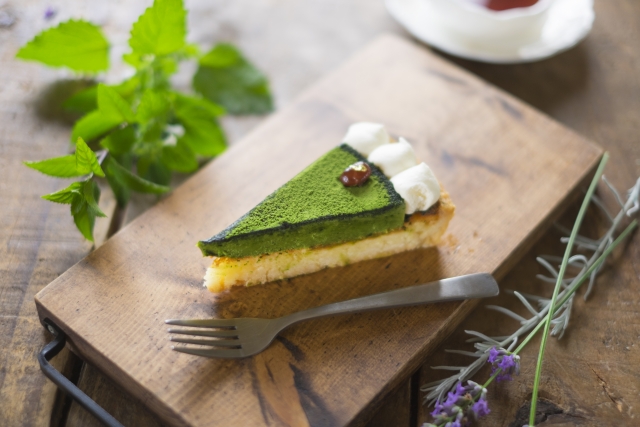
Matcha is also used in a variety of dishes and drinks, including sweets and beverages.
The tea is rich in nutrients such as catechins and vitamin C.
The origin of matcha dates back to the Tang Dynasty in China.
At that time, tea leaves were steamed and hardened, then ground into a powder to be dissolved in hot water for drinking.
Later, this way of drinking tea was introduced to Japan, laying the foundation for the Japanese tea ceremony from the 800s to the 1,400s, when matcha tea became widespread.
In the Edo period (1603–1867), the tea ceremony gained popularity among the common people, and matcha became more widely used.
Matcha is still enjoyed today worldwide as a traditional Japanese culture and healthy consumable.
Types of Food and Beverages Made with Matcha
In this entry, we will explore some of the most common desserts and drinks using matcha tea in Japan.
Matcha served in the Japanese tea ceremony
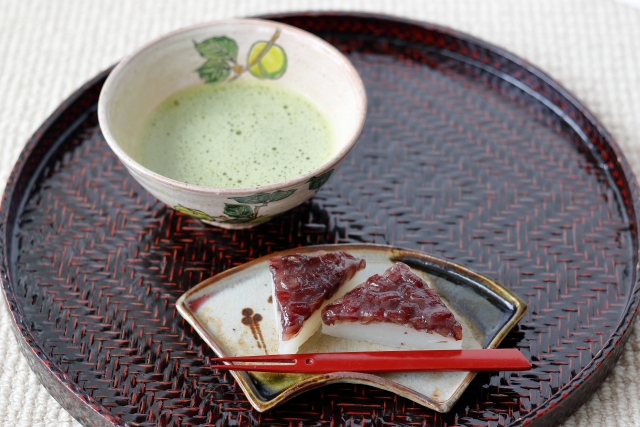
In Sado, or the art of performing Japanese tea ceremonies, spirituality and aesthetics are highly valued, so the way matcha is prepared and served also has a deep meaning.
When preparing matcha, it is important to calm your mind and unify your spirit through a series of gestures using the tea bowl, tea whisk, tea scoop, and other utensils.
There are two types of matcha tea used in the tea ceremony: koicha (thick tea) and usucha (thin tea).
Koicha uses more matcha and is characterized by its rich flavor.
Usucha uses less matcha for a refreshing taste.
In the tea ceremony, Japanese confectionery called “wagashi” are eaten along with matcha.
A wagashi is chosen to express the seasonality of the year.
For example, sakura mochi (cherry blossom-colored rice cakes) and wakana mochi (green rice cakes) are served in spring, mizuyokan (sweet red bean jelly) and chilled dango (skewered rice cake balls) in summer, kurikinton (candied, mashed chestnuts) and tsukimi dango (rice cake balls served during the Japanese Mid-Autumn Festival) in the fall, and kagamimochi (rice cakes served during the New Year) and yuzukan (yuzu citrus jelly) in the winter.
Wagashi serves to soften the bitterness of matcha and enhance the taste of the tea.
Matcha Latte
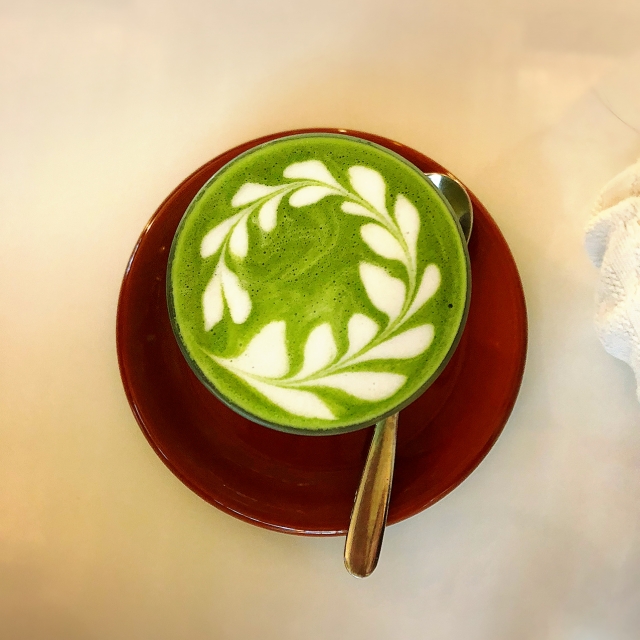
This popular drink is made by dissolving matcha in warm milk or soy milk.
The unique bitterness of matcha tea and the sweetness of milk combine perfectly to create a rich, creamy flavor.
Matcha Ice Cream
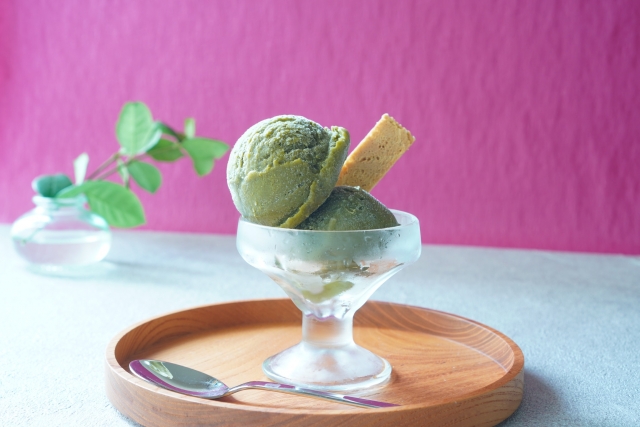
Matcha-flavored ice cream.
Loved by people of all ages, the bitterness of matcha and the sweetness are perfectly balanced in this treat.
Matcha Cake
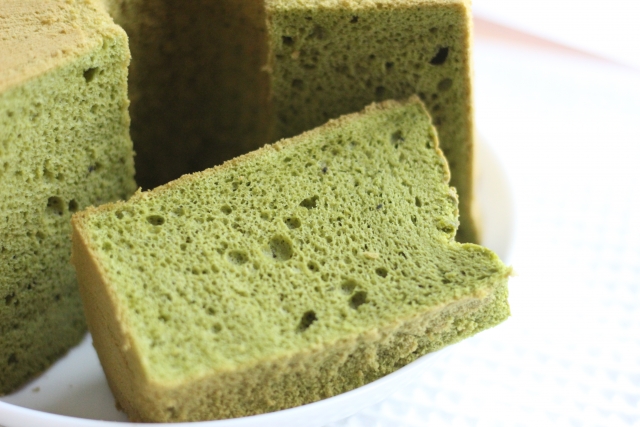
Matcha is typically mixed into the dough or cream when making the cakes.
They are a treat for the eyes as well as the mouth.
You can also find chiffon cake and roll cake made with matcha.
Matcha Parfait (Sundae)

The parfait is layered with matcha-based ice cream, jelly, sponge cake, and other ingredients.
The sweet is characterized by using sweeteners unique to Japan, such as anko (red bean paste) and kuromitsu (brown sugar molasses).
How to Prepare Matcha
This time, we will introduce how to prepare matcha tea.
Please note that the amount of matcha and the temperature of the water are general guidelines, so adjust the thickness and temperature to your liking.
First, fill the tea bowl with hot water to warm it before serving.
Soak the chasen (tea whisk) in hot water to soften it.
*A chasen is a tool used in Sado (the Japanese tea ceremony) to prepare matcha.
It is made by splitting bamboo into thin strips and binding them together.
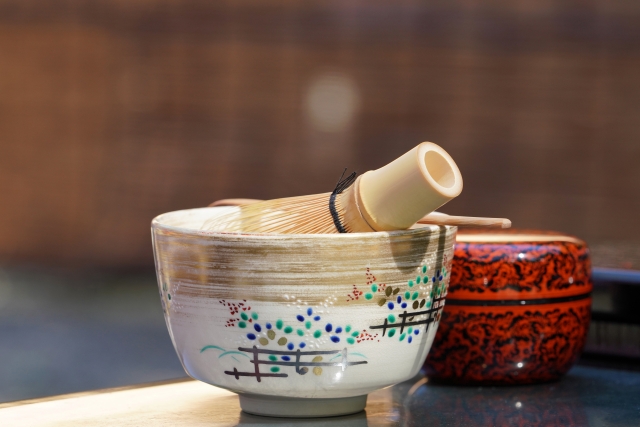
Next, measure the matcha.
One serving of matcha is about 1.5 to 2 g (about two teaspoons).
Sift the matcha with the chasen as you pour it into the tea bowl to eliminate lumps.
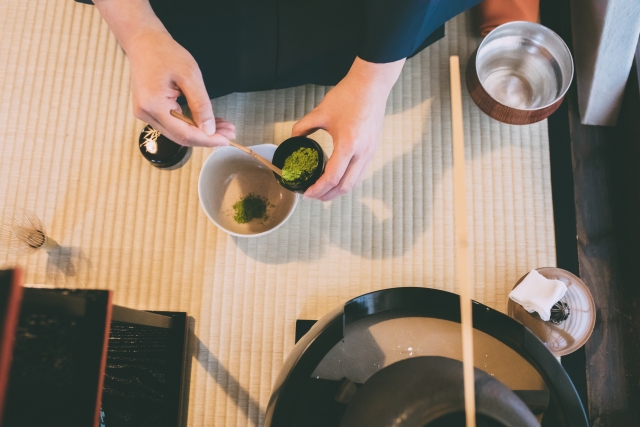
Discard the hot water that was used to warm the bowl.
Pour about 70 ml (for usucha [thin tea]) of hot water over the matcha.
The appropriate water temperature is usually around 80°C.
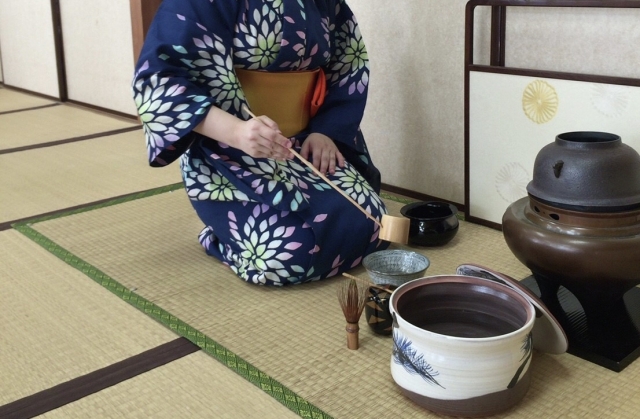
Whisk the matcha and hot water using the chasen.
Hold the chasen perpendicular to the bottom of the bowl and move it in a small circle.
Continue until the foam is fine and even.
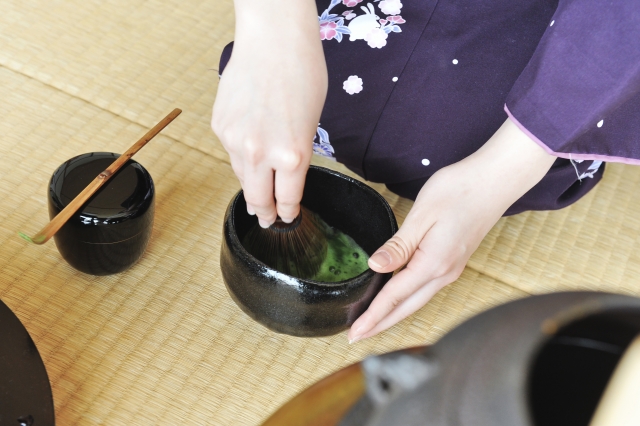
When finished whisking, gently lift the chasen.
When you see the bubbles beautifully covering the surface, the matcha is ready.
How to Drink Matcha
Matcha has several practices (etiquette) for drinking.
This entry will introduce the basic way to drink matcha.
Please note that you do not need to perform the following practices in casual places such as cafes.
First, partake of the wagashi
Sometimes, wagashi (Japanese confectionery) and matcha are served together.
In this case, eat the wagashi first and drink the matcha after.
Lift your tea bowl
When sipping matcha, take your bowl of matcha with your right hand, place it on your left hand, lift the bowl, and say "Itadakimasu" (thank you for the tea) to show your appreciation to the host.
*"Itadakimasu" is a Japanese greeting that is said with clasped hands before starting a meal.
It expresses gratitude to the people who provided the food, to all the people involved in the process of making the food, and even to the food itself.
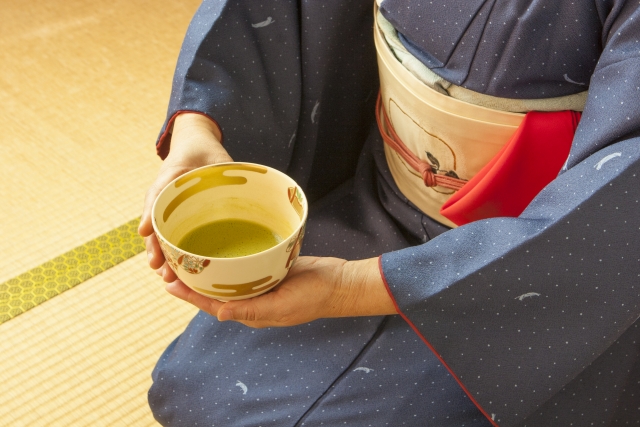
Rotate the tea bowl
Turn your tea bowl clockwise twice, keeping the front of the bowl (the part with the picture or pattern, if any) away from you.
Rotating the tea bowl is an act of respect for the bowl and the matcha in it.
Drink the matcha
Lift your tea bowl with both hands and slowly drink the matcha.
As the tea has a rich flavor, take your time to enjoy the flavor.
When finishing drinking, make a slurping sound.
Known as “suikiri,” this signals the end of drinking.
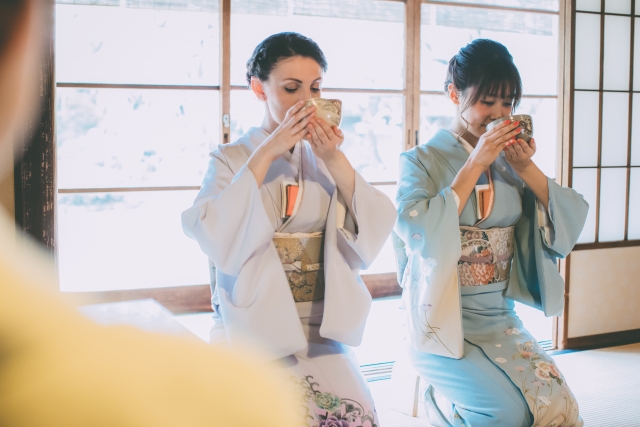
Wipe the tea bowl
When you have finished drinking, wipe your tea bowl where you put your mouth with your finger.
Wipe your fingers with a piece of paper called “kaishi,” which serves as a plate on which wagashi sweets are placed, or with a handkerchief.
Rotate the tea bowl again
After drinking the matcha, turn the bowl clockwise twice again returning the front of the bowl.
Appreciate the tea bowl
Hold your tea bowl with both hands and appreciate it.
Be careful not to drop the bowl, and look carefully at the pictures and patterns on it.
Place the tea bowl
Place your tea bowl in its original position and bow with gratitude.
Matcha Culture: Fascinating Insights
- The Connection Between the Tea Ceremony and Zen
Matcha is more than just a beverage; in Japan, it has evolved as part of a deeply rooted spiritual culture.
The tea ceremony (known as chanoyu) is closely connected to Zen philosophy and places great importance on the concept of ichigo ichie—the idea that each encounter, each moment, and each shared space is unique and will never be repeated in exactly the same way.
Preparing and drinking matcha is therefore considered a moment to calm the mind and reflect inward.
The emphasis on quiet movements and meaningful pauses (ma) also symbolizes Japan’s distinctive aesthetic sensibility.
- The Difference Between Koicha and Usucha
In the tea ceremony, matcha is generally prepared in two styles: koicha and usucha.
Koicha uses a larger amount of matcha with a small quantity of hot water, resulting in a thick, rich, and intensely flavorful texture.
Usucha, on the other hand, uses less matcha and is whisked to create a light foam, producing a smoother and more refreshing taste.
Most tea ceremony experiences and matcha served to visitors are usucha, while koicha is typically reserved for formal tea gatherings.
- The Meaning Behind Tea Bowls and Utensils
The tea bowls, bamboo whisks, and tea scoops used when enjoying matcha each carry their own meaning and purpose.
Tea bowls are carefully selected to suit the season and the theme of the tea gathering, with shape, texture, and color all playing important roles.
These tools are not merely functional items; they are essential elements that shape the overall matcha experience and reflect Japan’s cultural appreciation for objects and craftsmanship.
- The Relationship Between Wagashi and Matcha
There is a clear reason why matcha is traditionally served with wagashi, or Japanese sweets.
The gentle sweetness of wagashi balances the natural bitterness of matcha, creating a harmonious flavor combination.
In addition, wagashi often feature designs inspired by seasonal flowers and landscapes, making them an important way to express Japan’s sense of seasonality alongside matcha.
- Matcha’s Global Popularity and Japan’s Traditional Way of Enjoying It
In recent years, matcha has gained worldwide popularity, driven by growing health consciousness and interest in Japanese culture.
Matcha lattes and matcha-flavored sweets are now enjoyed across the globe.
However, in traditional Japanese culture, matcha is typically enjoyed simply with hot water, without adding sugar or milk.
Understanding this difference allows visitors to appreciate matcha in Japan as a more authentic and meaningful cultural experience.
Everyone's reaction
”Click here for a list of restaurants offering this item.”
